Navigating the Budget Crisis: Looking to the Past or Investing in the Future?
Navigating the Budget Crisis: Looking to the Past or Investing in the Future?
This has been a relatively quiet time at the Legislature. The quiet is likely because legislators are contemplating the reality of the 10- to 12-billion-dollar budget hole and how they are going to manage it. Devastating cuts could be looming, and it is sobering. The bill cutoff is this Friday, February 21st; many bills will die, especially those that have any fiscal impact. Tough decisions are ahead and the potentially catastrophic cuts at the Federal level make it all the more difficult. Next week we expect to see Governor Ferguson’s budget released and we anticipate even deeper cuts than were in Governor Inslee’s budget.
Sometimes difficult decisions can present opportunity. In Governor Inslee’s budget he made the bold recommendation to close Yakima Valley School and Rainier School. These are both very old institutional facilities for individuals with IDD, also known as Residential Habilitation Centers (RHCs). Rainier opened in 1939 and Yakima Valley in 1958. At the peak of state-run institutions in the late sixties and early seventies, there were more than 4,000 people with IDD residing at them. Our state still has four RHCs that house about 450 residents with IDD. This represents less than 1% of the Developmental Disabilities Administration (DDA) caseload but consumes 10% of the DDA budget. The cost for the care of the individuals and the upkeep of the facilities averages almost $1700 a day per person. In stark contrast, the average daily cost for personal care and all waiver services for individuals living in the family home is only about $170 a day – more cost-effective by a factor of ten.
These facilities opened at a time when families had few supports and options. Children with disabilities could not go to school and there wasn’t Supplemental Security Income or Medicaid to provide income and services. Families were left to fend for themselves. These facilities were opened as a way to relieve these families. Families were told that their child would be cared for throughout their entire life and that keeping them at home would ruin their families.
It is now recognized that with intervention, people with developmental disabilities grow and develop and are capable of achieving major developmental milestones. We have community resources that were not available when these facilities were established. All these factors help parents keep families together and have improved and extended the lives of individuals with IDD. All the research shows that community-based care is “best practice” for individuals with IDD.
The 1999 Olmstead Supreme Court decision made clear that unnecessary institutionalization is discriminatory. Individuals have the civil right to live in their community. 18 states have now closed all their institutions. Except for Washington, all the West Coast states have closed all of their institutions or have plans to close them in the near future.
We are at an important moment. The threat of cuts looms large. We may be facing a time of scarcity of services. Some people think that we need to preserve these institutions as a “last resort” placement. However, if we do this, the cost of these placements will continue to rise, and the availability of community resources will shrink. The question we need to ask ourselves is “Do we want to continue to look to the past and perpetuate old models or do we want to look to the future and have appropriate community placements as the “last resort”? We need to invest in and strengthen the community so that everyone can live, work, learn, and play in the community. If not now, when?
Together!
Cathy Murahashi






